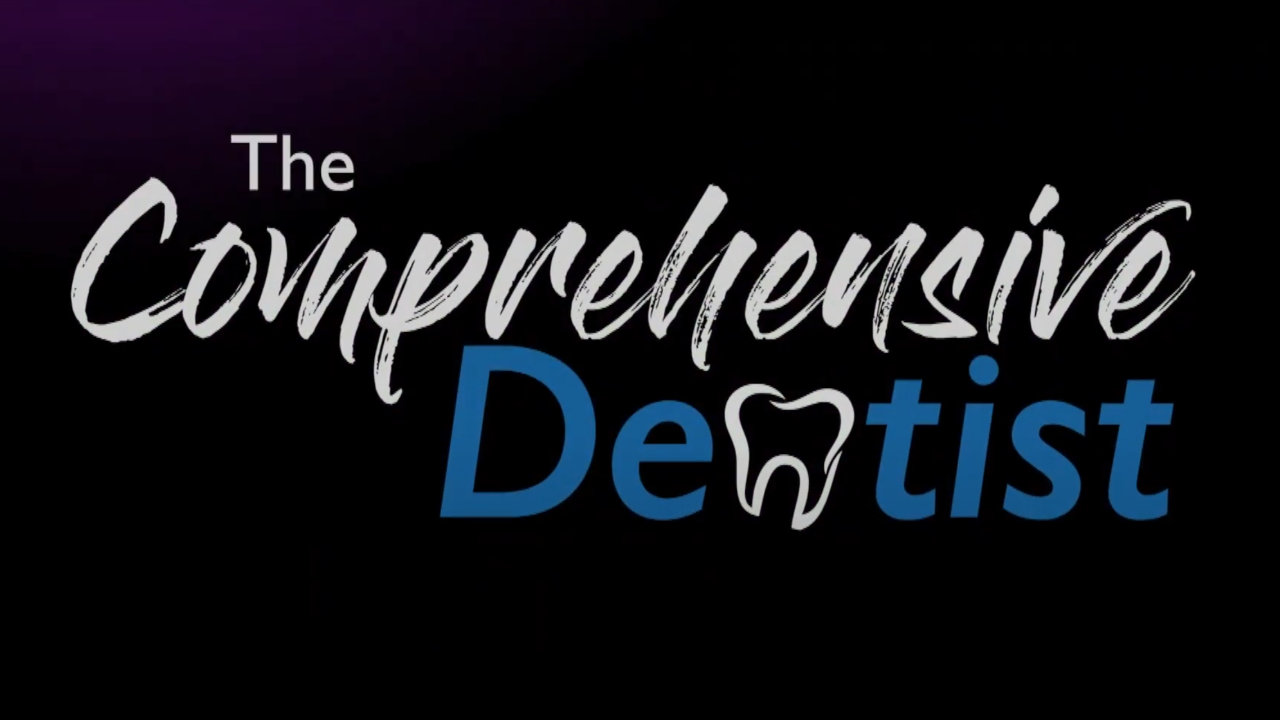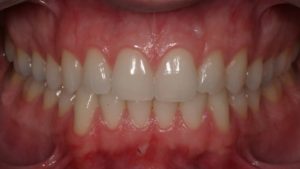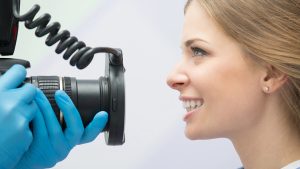Diving into dental photography can seem daunting if you’re not well-versed in cameras. However, understanding the fundamentals is a stepping stone to mastering this art. In this guide, we’ll break down the core concepts that will empower you to navigate cameras and photography with confidence.
Understanding Cameras and Photography: To excel in dental photography, a grasp of camera basics is essential. In this video and upcoming segments, we’ll explore foundational concepts that will enable you to analyze and troubleshoot images effectively.
Camera Basics: How It All Works Entering the realm of dental photography requires a basic understanding of how cameras function. Let’s delve into the core mechanisms.
Camera Components:
- Camera Body: The brain of the camera, housing the computer component.
- Lens: The eyes of the camera, capturing light and focusing it onto the sensor.
- External Flash: Illuminates the subject, particularly vital in the dark oral environment.
Photographic Process: When you peer through the camera’s viewfinder, you’re seeing where the lens is pointing. Light travels through the lens, reflecting off a reflex mirror and then reaching a pentaprism, which directs the light to the viewfinder.
Capture Process: When you decide to capture an image, pressing the shutter button initiates changes within the camera. The reflex mirror moves, allowing light to pass to the camera’s sensor. The sensor captures the light, initiating image processing.
Image Storage: Cameras offer various file formats for image storage. JPEG and RAW are the primary options.
- JPEG: Processed by the camera’s computer, some light information is lost but results in smaller file sizes. Suitable for minimal editing.
- RAW: Captures all available pixel data, providing comprehensive information but leading to larger file sizes. Requires external processing software.
Camera Types: There are two main categories: DSLR (Digital Single-Lens Reflex) and mirrorless cameras. DSLRs, like my personal choice, offer attachable lenses and external flash options. Mirrorless cameras, in contrast, skip the reflex mirror and use digital viewfinders.
Memory Cards: Different camera types use distinct memory cards, such as SD cards for crop sensor cameras and CF cards for full-frame cameras. The memory card size depends on your shooting preferences.
Upcoming Topics: In forthcoming videos, we’ll delve into crafting quality dental images. Factors affecting exposure, lighting, sharp focus, and composition will be explored, ensuring a comprehensive understanding.
Conclusion: With this foundational knowledge, you’re equipped to navigate the intricate world of dental photography. Stay tuned for in-depth discussions on image quality enhancement and photographic precision. Thank you for joining us, and we’ll catch you in the next installment.






